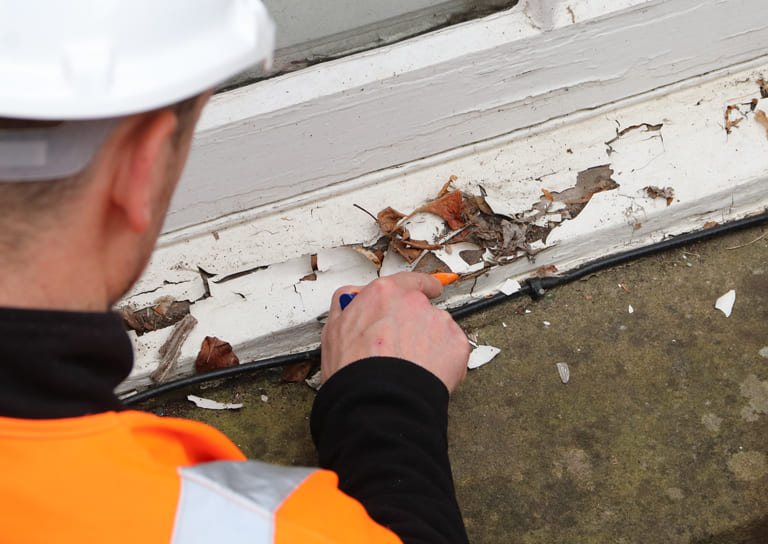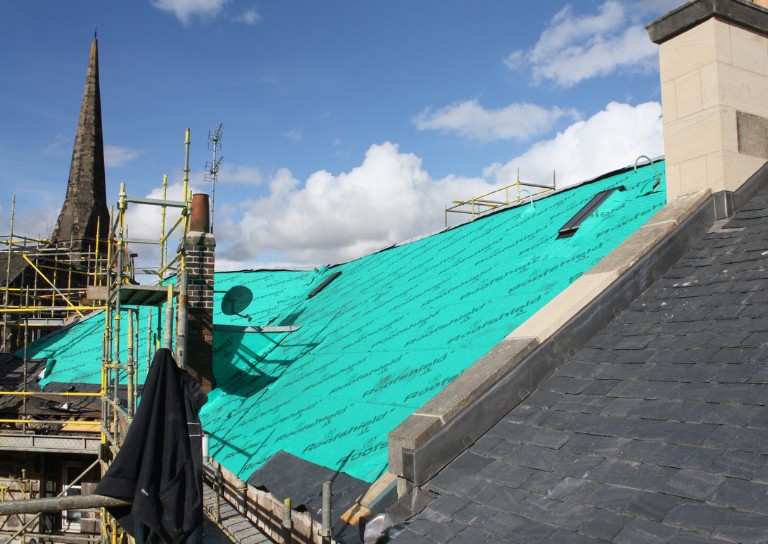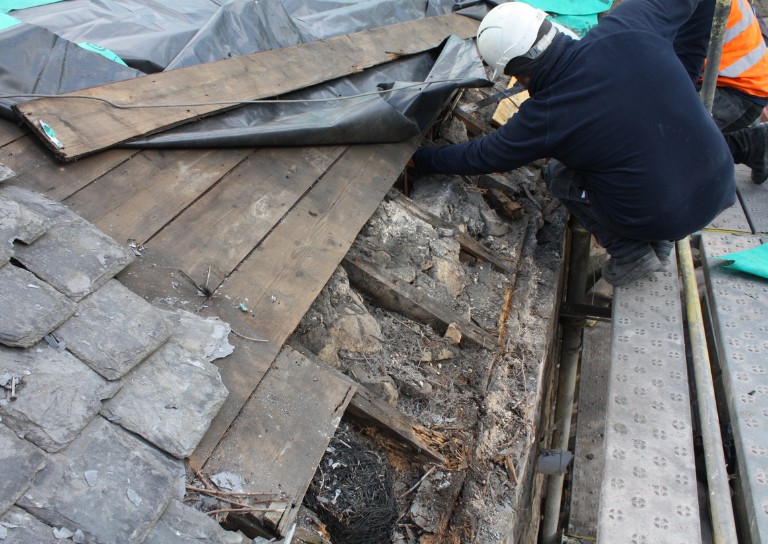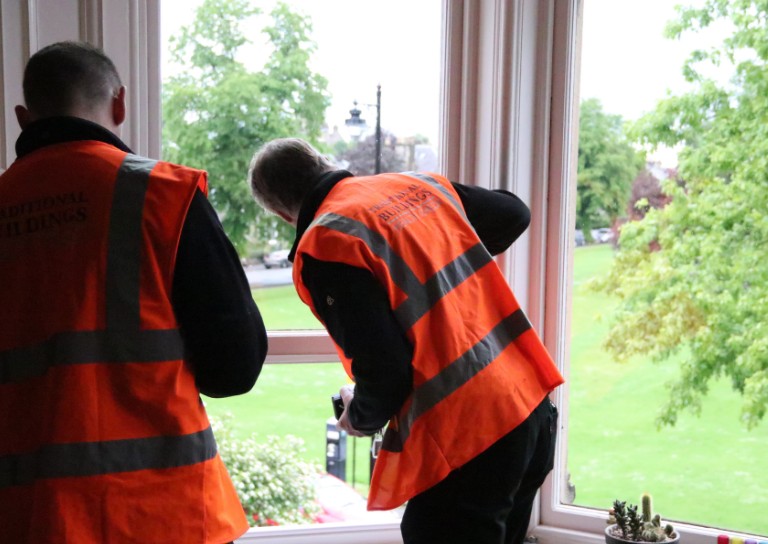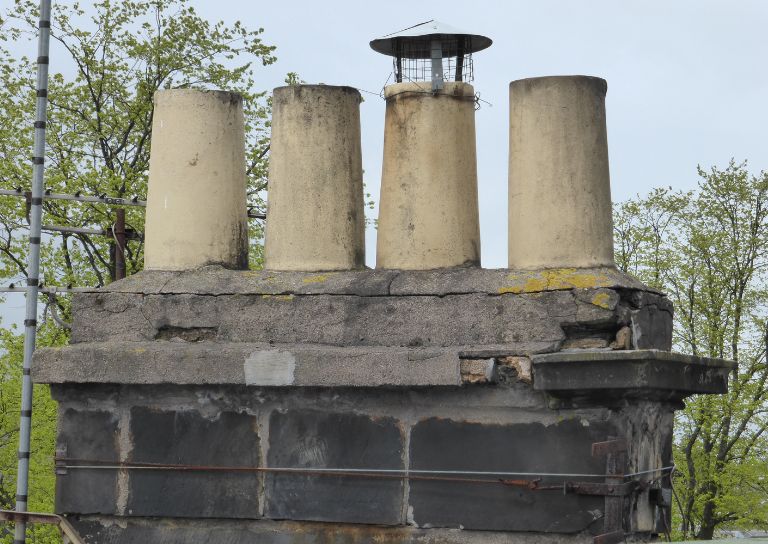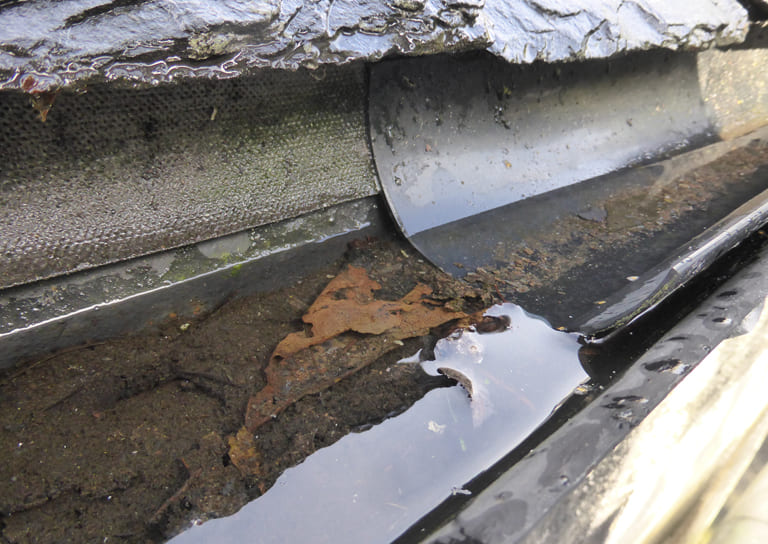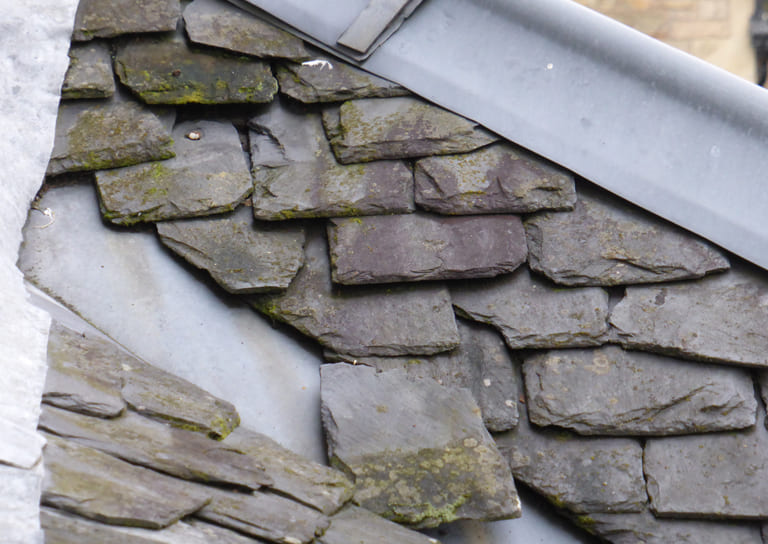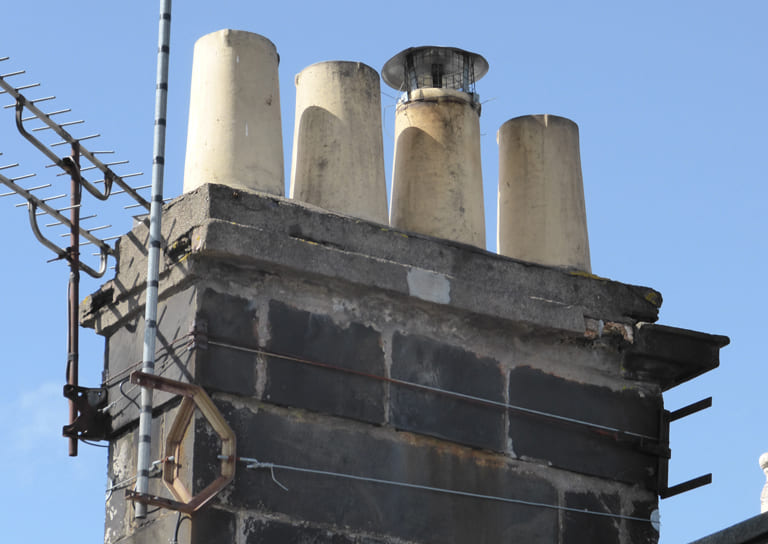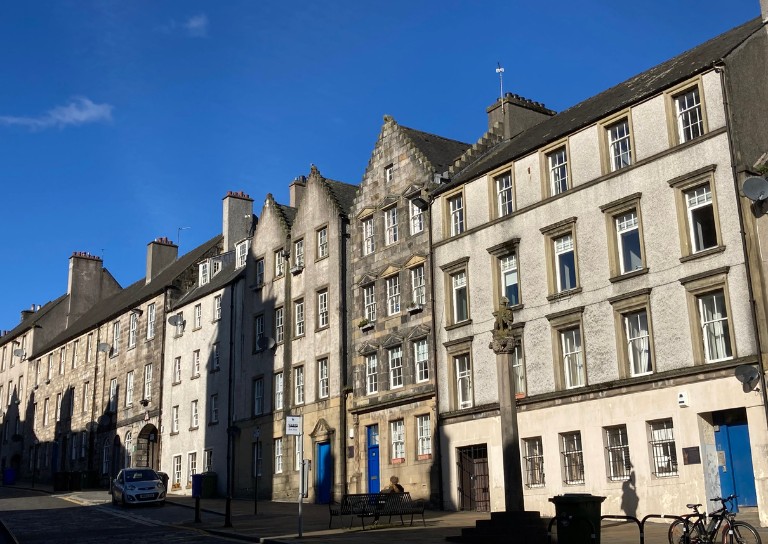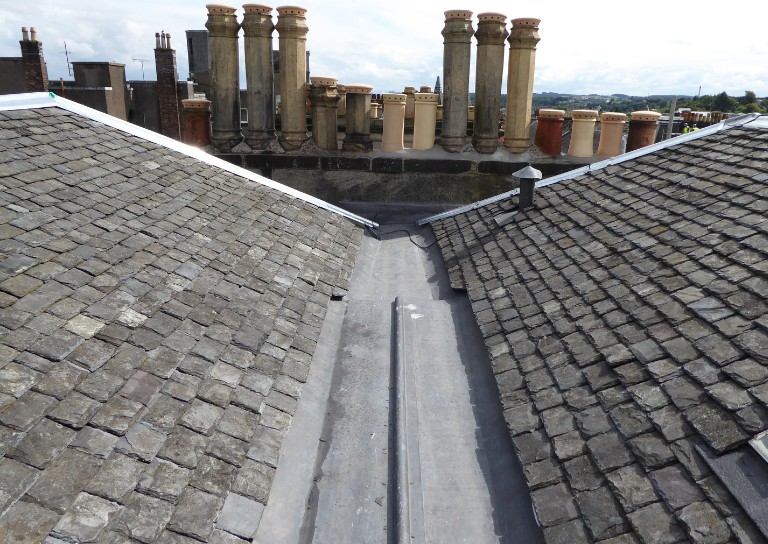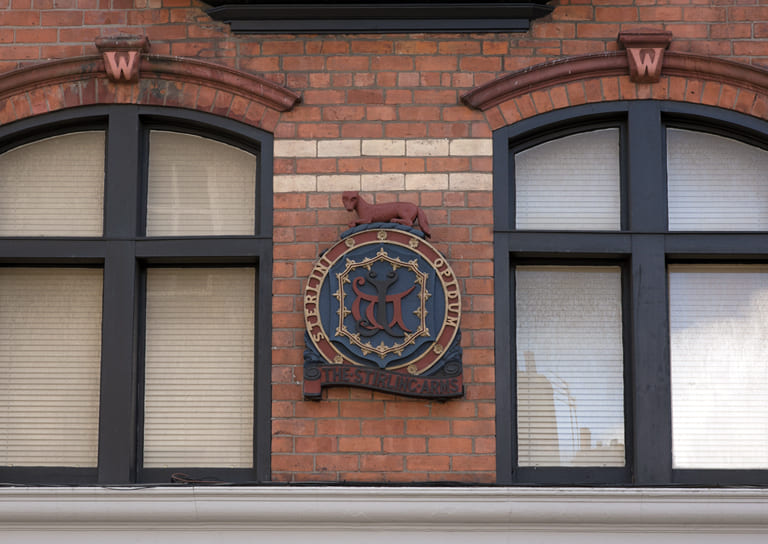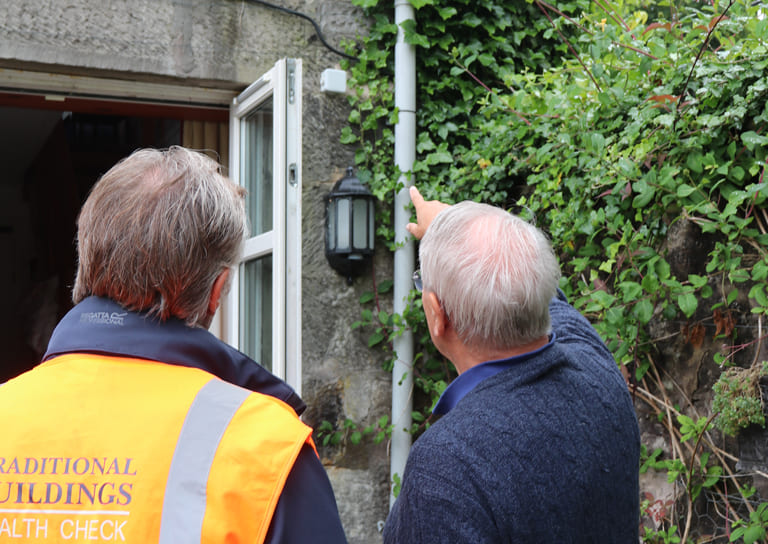Understanding Energy Efficiency in traditional buildings
During the winter months, keeping older buildings heated and warm can prove to be a challenge. As a result, traditional building owners may be looking at what improvements can be made to make their homes more energy efficient.
Unlike modern construction, older properties were designed to breathe. This helps ensure air flow around the building removing water vapour, keeping it free from damage and decay caused by too much moisture. However, modern lifestyles and the extra water vapour they produce, for instance, drying clothes indoors or cooking, can cause problems.
Well maintained older buildings can deal with these changes fairly well, but issues arise when adaptions are made which compromise how a property deals with ventilation. Additional pressures also come from our changing climate. Increased rainfall can lead to older buildings not drying out properly.
What can I do to improve energy efficiency in my traditional building?
Building condition
If the external fabric of your building is in disrepair and is letting in water or cold air it is not energy efficient. A building in poor condition is less energy efficient, has increased heating requirements and therefore a larger carbon footprint. Good fabric maintenance is fundamental to ensuring your building is energy efficient and carbon-saving. It is an essential prerequisite to energy improvements and interventions such as wall insulation. Damp walls or rainwater goods which are in poor condition can leave a property wetter for longer, reducing its ability to retain heat.
Here are some things all traditional building owners should do:
Masonry
Making sure your external walls are appropriately maintained and repaired with the right materials can help improve your properties ability to retain heat. Make sure there are no gaps in pointing or masonry which may let in water. The use of more modern materials such as cement pointing or renders can also negatively impact your building’s ventilation by trapping moisture and encouraging stone decay.
Lime mortars are more suitable for traditional buildings. Read more about this in Historic Environment Scotland’s Inform Guide: Lime and Cement in Traditional Mortars.
An experienced stonemason can give you advice on the best approach for your building.
Keep an eye out for damp patches on your building’s masonry. This can indicate that rainwater is not being cleared from your property effectively.
Maintain your gutters
Keeping your gutters clear of leaves and debris can help prevent blockages so that water drains away freely. This in turn can help stop masonry becoming saturated.
Roof
Regularly check your roof regularly and particularly after stormy weather, to see if any slates are missing, damaged or may have slipped, as this can leave your building vulnerable to the elements. Get a qualified roofing contractor to see to any problem
Windows
To improve the thermal efficiency of single-glazed windows, cost-effective methods you can try include curtains, shutters or secondary glazing. Historic Environment Scotland have tested many potential improvements and you can read more about these in their Inform Guide: Improving Energy Efficiency in Traditional Buildings.
Roof insulation
Around a quarter of a building’s heat is lost through its roof. If your property does not have roof insultation, this is a good place to start. Most older properties need to maintain what experts call a ‘cold roof’. This is where the roof space in the house is ventilated by cold air from outside, helping to remove water vapour created by the occupants.
The most cost-effective and straightforward approach is loft insulation. This creates and maintains the ‘cold roof’ space a traditional building needs to deal with water vapour properly.
Roof insulation needs to be done by a qualified tradesperson – ideally one experienced with traditional buildings – to make your building still ventilate effectively.
There are different approaches to loft insulation depending on the type of building you have. Read more about insulation in general on Historic Environment Scotland’s website.

Further Reading
If you would like to improve the energy efficiency of your traditional property, there are helpful guides available.
Historic Environment Scotland
- Inform Guide: Improving Energy Efficiency in Traditional Buildings
- Guide to Energy Retrofit of Traditional Buildings

